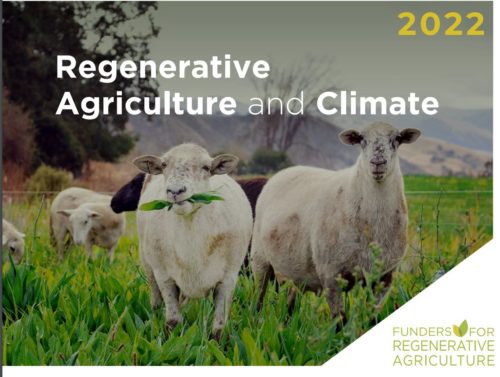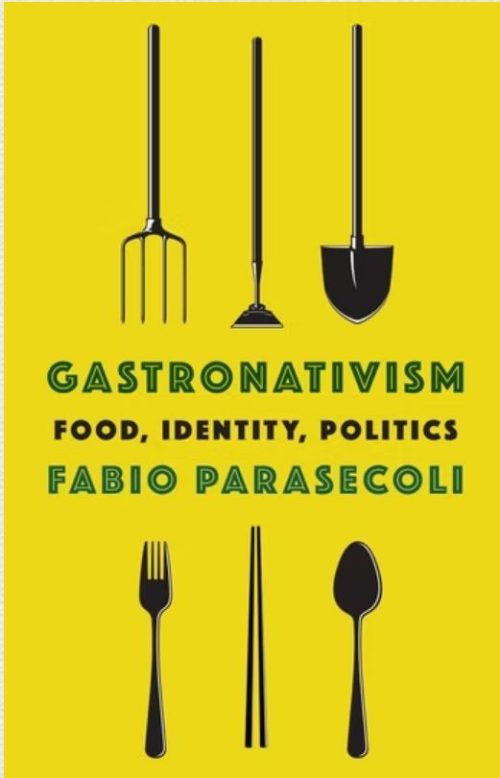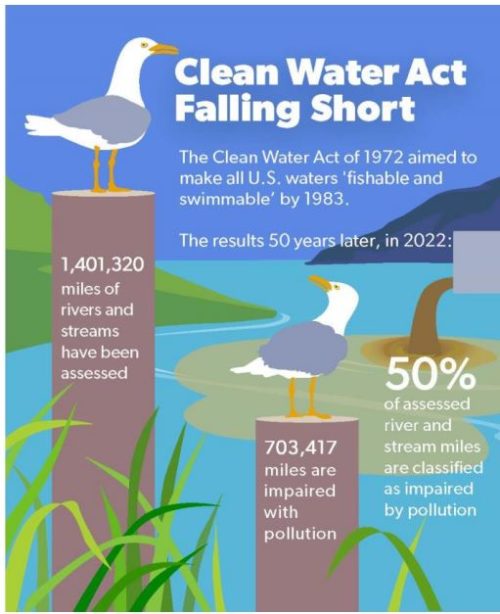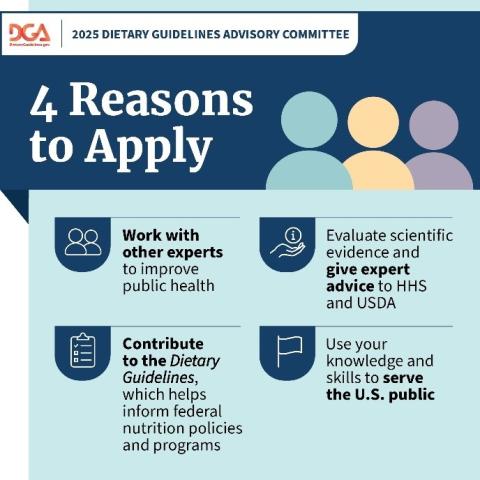The UK government has just published its long-awaited food strategy to almost universal disappointment.
But first, some background. Nearly a year ago, I wrote about the UK’s strategy proposals. These had been commissioned from Henry Dimbleby, a restaurateur with a deep interest in food policy (the British version of Jose Andres?).
To summarize what I said in July 2021.
Henry Dimbleby described the UK’s National Food Strategy as a “bit of a labour of love.” It came a slide deck of 175 items.
A separate document. summarizes the report’s 14 recommendations. Most of the recommendations dealt with school feeding and feeding programs for the poor. Others:
Recommendation 1. Introduce a sugar and salt reformulation tax. This came with a separate report on the impact of such a tax; it recommended using revenues to help get fresh fruit and vegetables to low income families.
Recommendation 11. Invest £1 billion in innovation to create a better food system.
Recommendation 13. Strengthen government procurement rules to ensure that taxpayer money is spent on healthy and sustainable food.
So, does the strategy do any of these things? I have to confess finding the report unreadable. It is extremely wordy and imprecise, talks a lot about objectives, but says almost nothing specific. Here is just one example:
The strategy comes at a time of significant increases in food prices, largely because of energy prices and exacerbated by events in Ukraine, which is very challenging for people across the country. We are engaging closely with the food industry to understand price impacts and any mitigating measures, including through our Food Industry Resilience Forum and UK Agricultural Market Monitoring Group. We are also working closely with third sector organisations to understand challenges related to food access.
One section gives action items (I have edited these for clarity):
- Keep producing domestic food at current levels
- Promote job training for the agri-food industry.
- Reduce childhood obesity by half by 2030; reduce diet-related disease; increase healthier food
- Reduce greenhouse gas (GHG) emissions and the environmental impacts of the food system
- Export £1 trillion of food annually by 2030
- Maintain high standards for food consumed in the UK
How? It doesn’t really say. The one action item I could locate is to create a Food Data Transparency Partnership.
The partnership will champion consumer interests, providing people with the information they need to make more sustainable, ethical, and healthier food choices, and incentivise industry to produce healthier and more ethical and sustainable food….This partnership will join up with existing work across government to promote healthier food choices, so that government can speak with one voice to industry. It will also support further measures to strengthen incentives to reformulate food, promote healthier food and turn the trend on the overconsumption of calories to tackle obesity.
Unsurprisingly, reactions have been fierce: not a strategy, disappointing, nothing concrete about obesity , health, or reducing meat as a means to address climate change. If those things are there, I couldn’t find them.
I also couldn’t find The Guardian’s most amusing criticism of the report:
Among its few policy proposals are the suggestion there could be more fish farming, which is environmentally controversial, and an increase in the use of “responsibly sourced wild venison”.
Is that in the report? I can’t find any reference to venison or deer, however sourced.
Other critiques in The Guardian are here and here.
This is a lost opportunity, and a big one. Disappointing, indeed.








